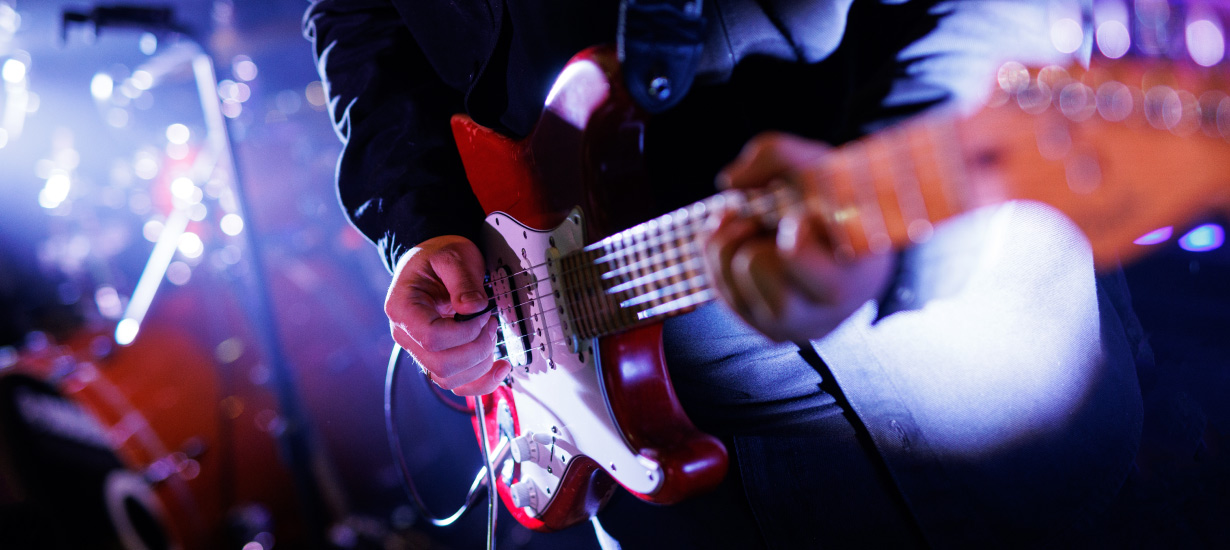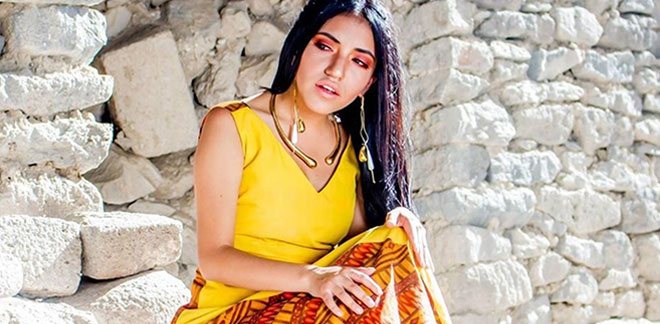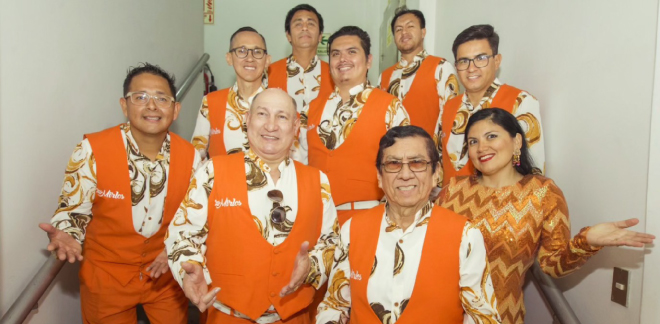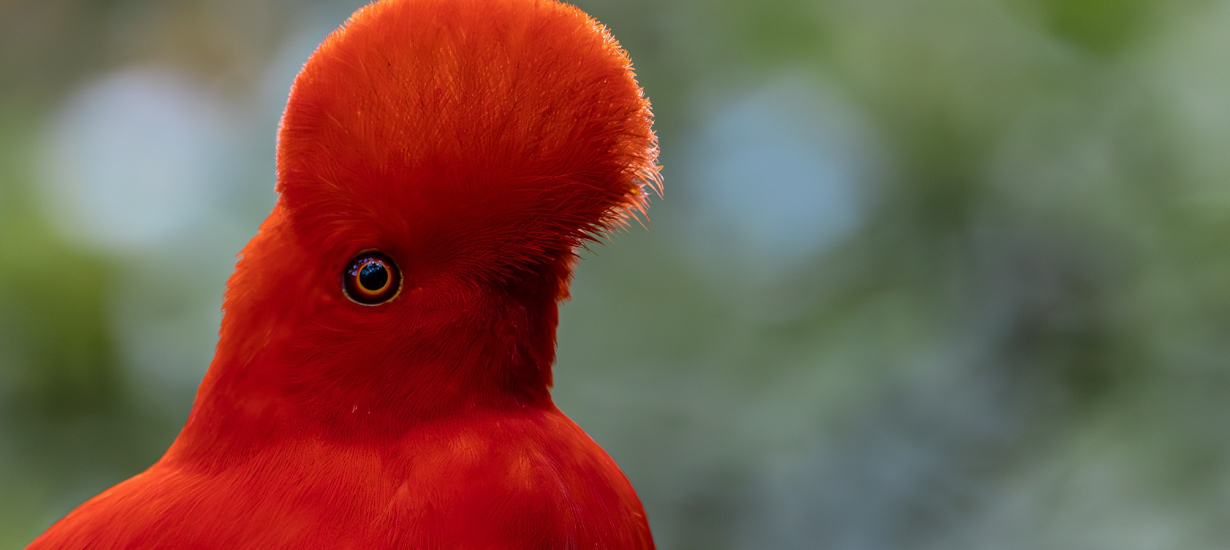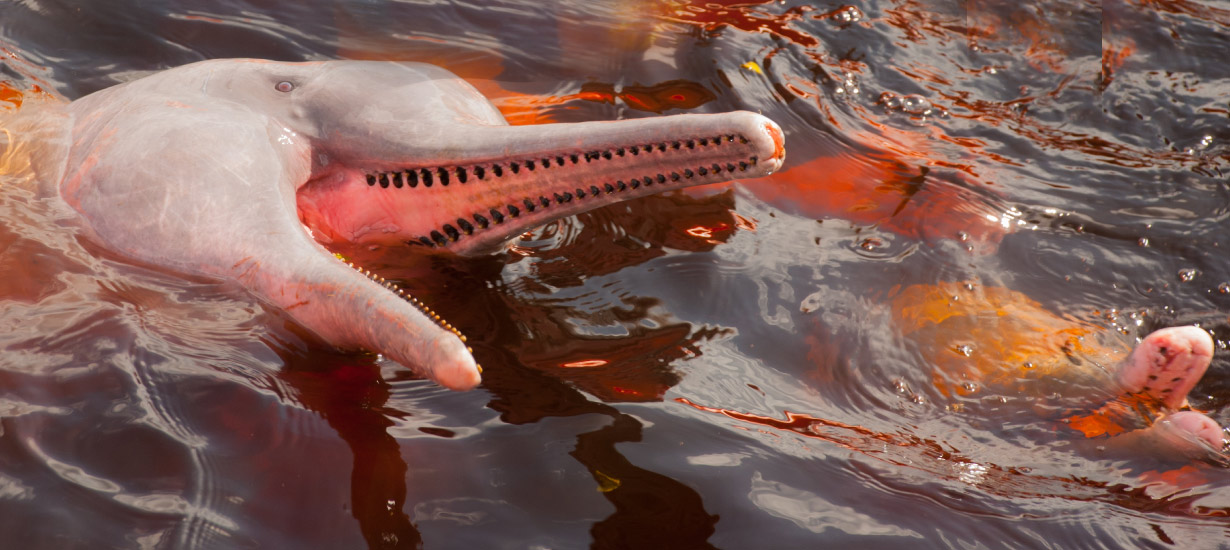Peruvian Rock: An energizing journey through its iconic figures in Peru
Síguenos en:Google News
The history of Peruvian rock encompasses a rich artistic, cultural, and countercultural legacy.
Since its arrival in Peru in 1955, rock music has become deeply embedded in the country's youth culture. Over the years, spanning more than six decades, numerous bands and solo artists have shaped and enriched the rock scene, leaving a legacy that continues to resonate across generations. Join us on this vibrant journey filled with energy and music, where the stars are the key figures of Peruvian rock.
The beginnings: Rock in the '60s and '70s
According to historian Carlos Torres Rotondo in his book Demoler (2018), rock music first arrived in Peru with the 1955 film Blackboard Jungle. However, it was not until the following year, 1956, that the youth craze for this foreign rhythm truly took off, sparked by the premiere of Rock Around the Clock in Lima.
It was in the 1960s that the first rock bands were formed. In 1964, the first LP was recorded: the self-titled album by Los Incas Modernos. During this time, iconic bands like Los Zodiac, Los Sunset, and Los Saicos emerged, with many specialists considering them pioneers of the proto-punk style. Their historical songs, such as "Demolición," showcased raw, energetic music that broke away from the traditional norms of the era, paving the way for a new musical movement.
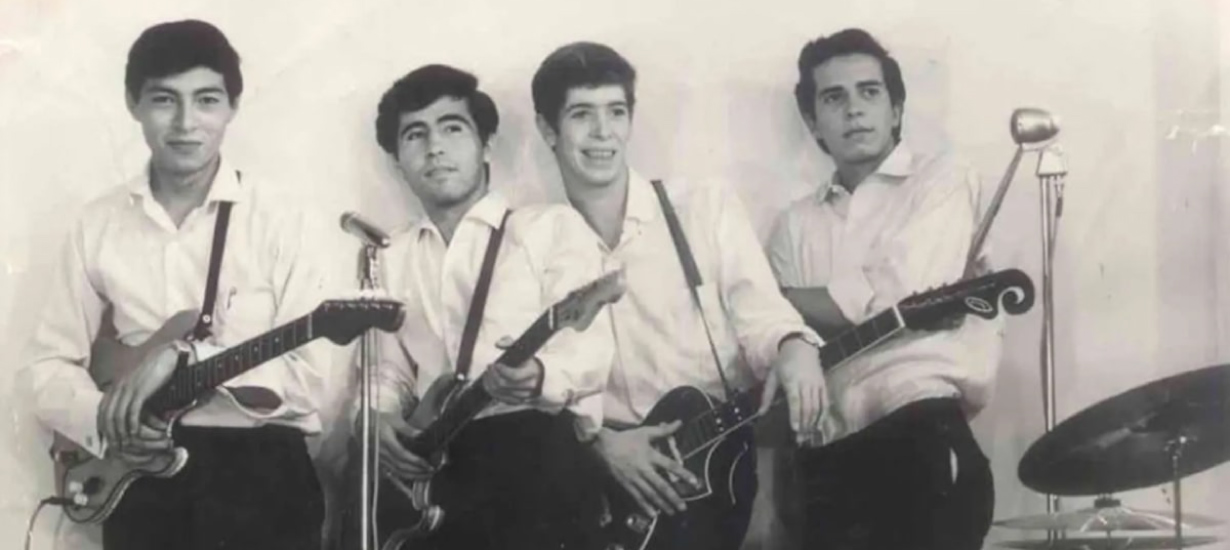 Los Saicos band / Source: La Tercera
Los Saicos band / Source: La Tercera
Another key figure from this era was Traffic Sound, which blended psychedelic rock with Andean and Latin sounds. Tracks like "Meshkalina" showcased their innovative ability to fuse styles, earning them fans both in Peru and abroad. Shortly after, bands like Los Shain's, led by Gerardo Manuel, as well as Los Doltons, Los Belking's, and Los York's, also made their mark on the Peruvian rock scene.
Club eterno disco
Gerardo Manuel is regarded as the father of Peruvian rock. In addition to being a musician, TV presenter, and cultural icon, he created and hosted the program Disco Club, which was broadcast on TV Peru for an impressive 18 uninterrupted years.
Disco Club was a pioneer, as it showcased music video clips from various genres at a time when today's streaming platforms and technologies did not exist. The show's impact was so significant that the prestigious Billboard magazine described it as the first music video program in South America. It even reached a historic rating peak of 43 points after the death of musician John Lennon.
The roar of rock in the '80s: Subway rock
The 1980s were crucial for the development of Peruvian rock, particularly with the rise of the "subway" scene. This movement emerged as a protest against the economic and political crisis of the time. Bands like Leusemia became icons, using their lyrics to deliver sharp social criticism.
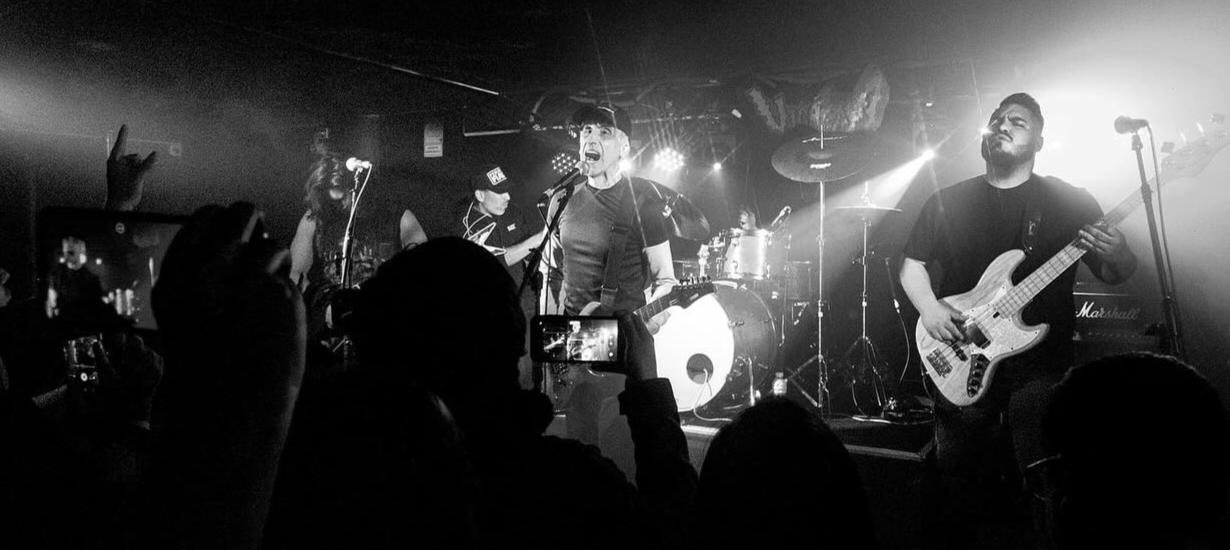 Leusemia band / Source: Facebook
Leusemia band / Source: Facebook
On the other hand, Narcosis, with their legendary album "Primera Dosis," marked a turning point in the national scene. Through their direct, no-nonsense songs, they captured the essence of a youth disillusioned with the events of the time.
Meanwhile, Frágil, a band that originated in the '70s, saw its greatest success in the '80s with albums like "Avenida Larco." During this time, groups such as Río, Jas, Dudó, and Arena Hash aimed to make a name for themselves in the commercial arena. At the same time, Miki Gonzalez blended rock with new wave and traditional Peruvian sounds, creating a unique fusion.
The '90s and the alternative rock boom
In the '90s, Peruvian rock entered a phase of consolidation, with bands experimenting with alternative sounds. Mar de Copas, known for its distinctive melancholic style, became the cult band of this era.
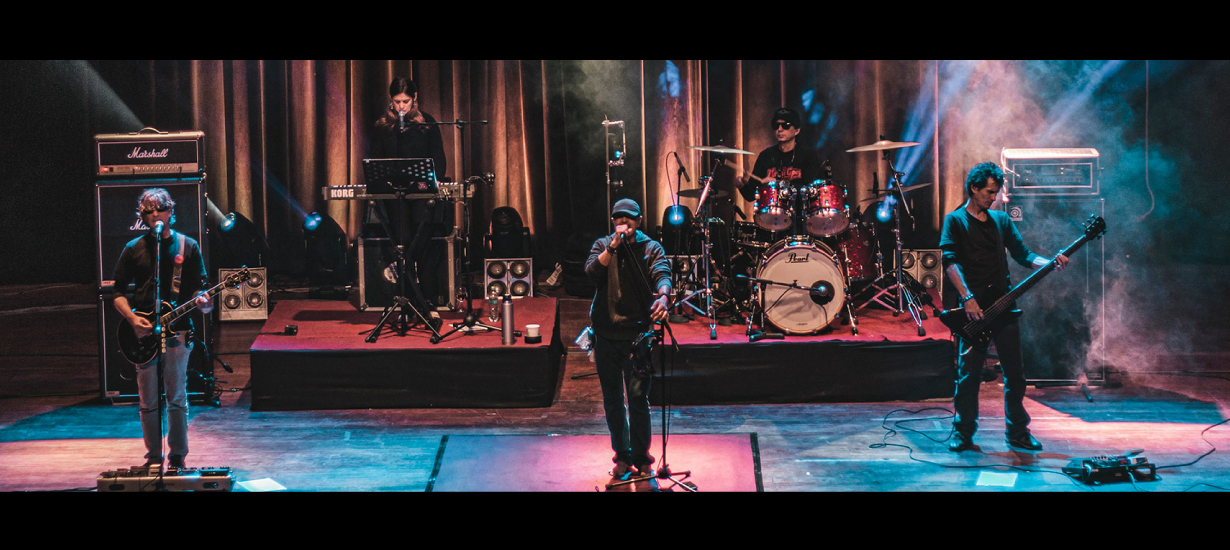 Mar de Copas band / Source: Gran Teatro Nacional (Grand National Theater)
Mar de Copas band / Source: Gran Teatro Nacional (Grand National Theater)
Similarly, bands that blended rock with Andean sounds emerged, such as Los Mojarras with their classic "Triciclo Perú" and Uchpa, which stood out for its lyrics in Quechua.
Another standout band of this era was Libido, which introduced a more modern and fresh sound. With albums like "Hembra," they achieved success both locally and internationally.
Just like Gerardo Manuel in his time, Pedro Suarez-Vertiz, a singer-songwriter who became the soundtrack to the lives of millions of Peruvians, deserves a special mention. Having explored genres such as ska, pop rock, reggae, progressive rock, and electro-pop, the national rocker managed to make an entire nation both dance and cry with emotion at the same time.
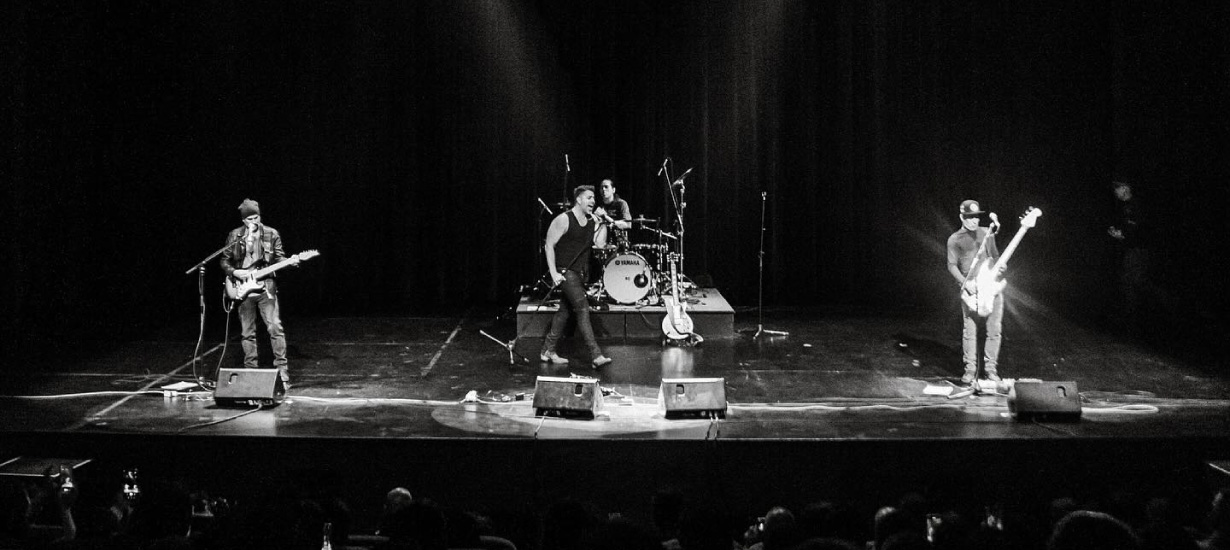 Zen Group/ Source: Facebook Zen
Zen Group/ Source: Facebook Zen
The 21st century: new generation and fusión
In the new millennium, Peruvian rock continued to diversify. Bands like Zen and TK led the genre's renewal in the country, gaining widespread acceptance. In recent years, projects such as We The Lion have brought Peruvian rock to the global stage, singing in English and exploring folk rock influenced by international bands. Similarly, artists like Kanaku and El Tigre have fused rock with folk and electronic elements, showing that innovation remains at the heart of the genre.
Peruvian rock, in all its stages and forms, has demonstrated a unique ability to reinvent itself and stay relevant. The best representatives throughout its history are a testament to the talent and creativity of those who have built a legacy that continues to inspire new generations. Whether in a small garage or on major international stages, this national genre continues to resonate and roar, strong as ever.


